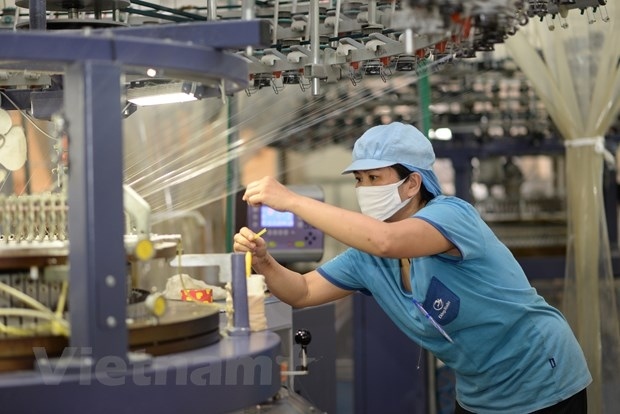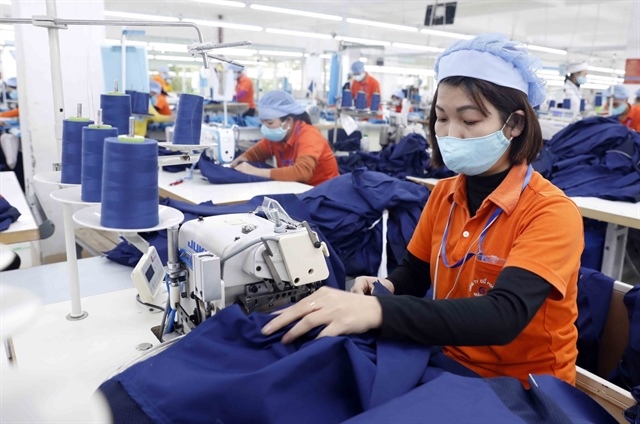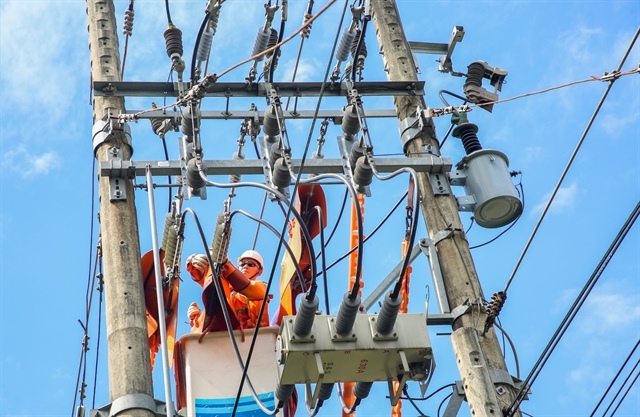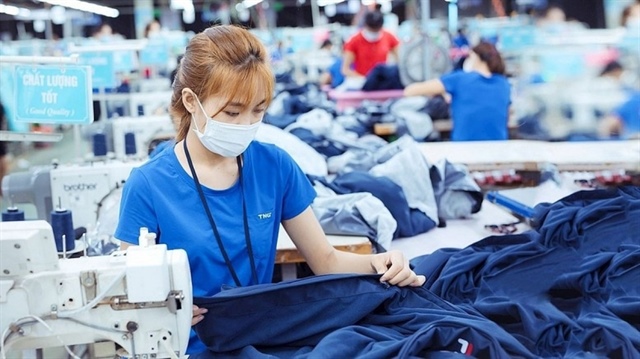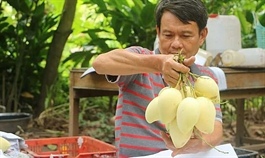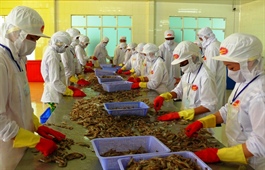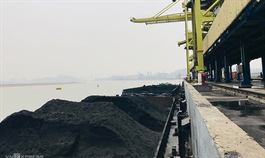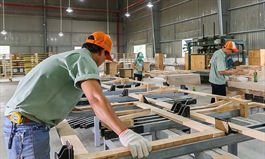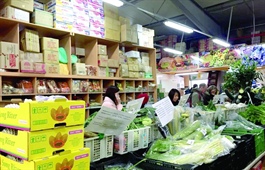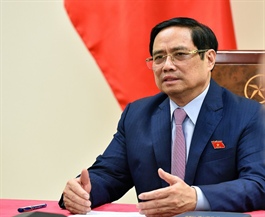Textile industry draws up map to circular economic practice
Textile industry draws up map to circular economic practice
Vietnam's textile industry is moving step by step on the green production roadmap with the ultimate goal of achieving circular sustainability. Compliance with environmental laws is a prerequisite and authorities have made clear there will be no exceptions on that score.
Talking numbers
At a recent forum on cooperation between Vietnam and Chinese Taipei in the textile industry, Juang Shih Ping, Board Chair of Chinese Taipei’s INTEX Group, quoted some noteworthy figures: one set of ready-made clothes uses up 2,700 liters of water, equal to a person's 900-day water intake, and 65,000 kWh of electricity, equal to the amount of electricity used by an individual during 600 days. Remarkably, out of a total 50 million tonnes of textile products discarded annually, only less than three percent are reused, the resource recovery rate is 12 percent, and the remaining 85 percent is burned and/or buried in landfills.
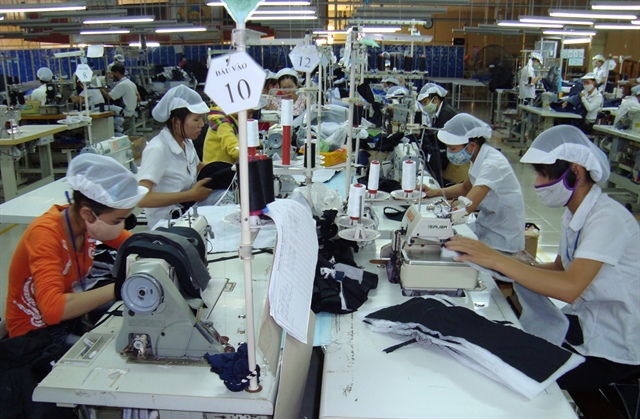
The textile and garment industry is a pillar of the Vietnamese economy |
The above figures are ringing alarm bells for the textile industry. To display responsibility for the global environment, famous brands have also made environmental commitments. ADIDAS, for example, is committed to using recycled polyester fabrics by 2024, while all of Lululemon products will be reusable by 2030.
In Vietnam, the textile and garment industry is an important economic pillar and one of the country’s billion-dollar-plus export commodities. Vietnam's textile and garment industry has drawn up a roadmap detailing its gradual move toward participation in the circular economy. The Vietnam Textile and Apparel Association (VITAS), which represents the Vietnamese textile and garment business community, has participated in devising initiatives on a circular economy and green and clean production in the apparel industry; coordinated with the Ministry of Industry and Trade in providing carbon credits in the textile and garment industry for enterprises; and provided input for legal documents relating to the environment.
VITAS Secretary General Hoang Ngoc Anh, told forum participants that Vietnam's textile and garment industry has chosen to focus on eight of the 17 goals of the circular economy, emphasizing sustainable production, clean water management and fighting climate change. Practicing a circular economy also means doing business sustainably, which includes reducing the amount of discharged materials, replacing harmful chemicals, improving recyclability and maximizing product life.
Linking domestic and foreign investors
Environmental protection is a pre-requisite for circularity, especially in the textile-fabric dyeing process. Nguyen Van Kiem, General Director of Bao Minh Industrial Parks Infrastructure Investment Joint Stock Company, said Vietnam is approaching UN goals on environmental management and sustainable development, with environmental regulations increasingly complete compared to a few decades ago, offering reassurance to foreign business wanting to invest in Vietnam.
|
Nguyen Van Kiem added Vietnam currently has 300 industrial parks and economic zones, but only a few with wastewater treatment infrastructure meeting requirements. This is a notable issue for businesses, especially foreign-invested enterprises that plan to invest in textile-fabric dyeing projects in Vietnam.
Regarding the concerns of Chinese Taipei investors about local restriction on textile-fabric dyeing projects, Nguyen Van Kiem emphasized: For textile-fabric dyeing production, if treatment and management of environmental issues in industrial parks are not synchronous, the concerns of localities are absolutely understandable.
Vietnam's law does not restrict the development of textile-fabric dyeing. Vietnam's textile and garment development strategy until 2030 even includes a goal of forming a center for fabric and raw material production, meaning that Vietnam will certainly develop the textile-fabric dyeing industry. Thus, foreign investors need to be transparent about their information, invest in new technologies, and meet environmental standards to gain trust with the localities.
|
In the first nine months of 2021, Vietnam's textile and garment exports reached an estimated US$28.8 billion, up 12.38 percent year-on-year. However, last quarter forecasts are not as rosy, probably with much lower growth compared to the previous quarters. |


